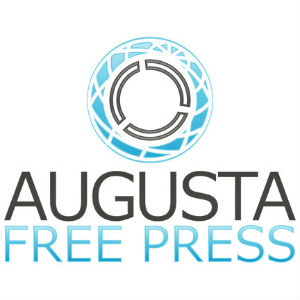By Karl Blankenship
Bay Journal News Service
The number of blue crabs in the Chesapeake Bay this winter plummeted to the fourth lowest on record, driven largely by the worst-ever showing of juvenile crabs since an annual Baywide survey began in 1990.
Though the juvenile drop is concerning, fishery managers say the number of adult females remains robust. They hope the females will produce a better crop of juveniles when they breed later this year.
This year’s winter dredge survey, which provides an annual snapshot of the health of the blue crab stock, estimated that the Chesapeake had 282 million crabs, the lowest number since 2007. That figure includes just 81 million juveniles, the lowest in the survey’s history.
But the number of young crabs naturally varies from year to year. Females release their larvae near the mouth of the Bay in the fall, which then float into the ocean. The number of juvenile crabs that survive and return to the Chesapeake is highly dependent on weather conditions, currents and other variables outside the Bay each winter.
Because those conditions cannot be controlled, fishery managers in 2008 adapted a strategy aimed at ensuring enough adult females survive harvest pressure each year to produce a robust crop of eggs. The hope is that the large number of eggs they produce will encounter favorable coastal conditions often enough to keep the overall population healthy.
The survey found a healthy population of females: 158 million, the 10th best number since the survey began, and well above the 72.5 million threshold, the minimum number scientists believe is needed to protect the stock.
“We’re comfortable with where we are currently with the abundance of females,” said Mike Luisi, director of the Maryland Department of Natural Resources fisheries monitoring and assessment division.
“What we want to do is to make sure there are enough females and enough males to provide for a juvenile year class,” he added. “And sometimes it’s good, sometimes it’s less than good. This year, it wasn’t good.”
Because the number of female crabs remains high, fishery managers say they have no immediate plans to change crab harvest rules, though they will monitor information about the crab stock during the course of the summer.
“Given the survey results, we will not be expanding the crab fishery this year,” said Steven Bowman, head of the Virginia Marine Resources Commission.
While management has focused on protecting the abundance of female crabs, another figure from this year’s survey could raise concern: It found just 39 million adult male crabs, well below the long-term average of 77 million.
“The reduced abundance of juveniles and males could make crabs scarce later this summer into the fall for those who enjoy eating crabs, and it indicates we should remain cautious in our approach to managing this valuable fishery,” said Chris Moore, senior regional ecosystem scientist with the Chesapeake Bay Foundation.
The Chesapeake Bay Stock Assessment Committee, made up of fishery scientists and managers and administered by the Chesapeake Bay Office of the National Oceanic and Atmospheric Administration, will review the dredge survey data and issue a report later this summer.
The winter dredge survey, conducted each year by the DNR and Virginia Institute of Marine Science, samples blue crabs at 1,500 sites throughout the Bay.
Bay Journal editor-at-large Karl Blankenship is the founding editor of the Bay Journal and Bay Journal Media. This article first appeared on Bayjournal.com and in the newspaper’s June 2021 print issue.
Related
The Link LonkJune 07, 2021 at 05:09AM
https://ift.tt/34UiNoh
Mixed message: Females strong, juveniles weak in annual Bay crab survey - Augusta Free Press
https://ift.tt/2MkGRbk
Crab


No comments:
Post a Comment